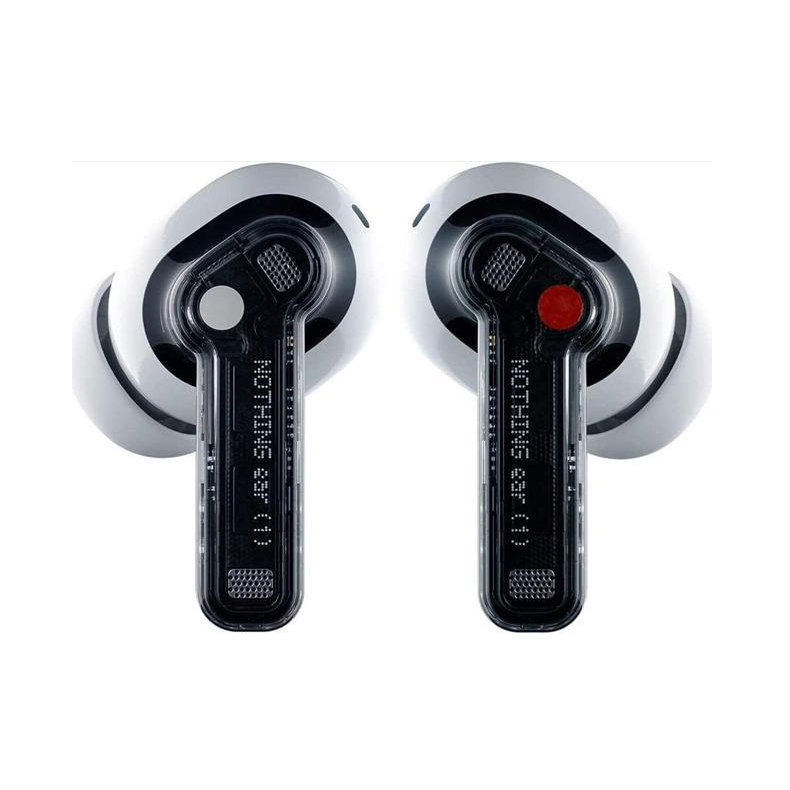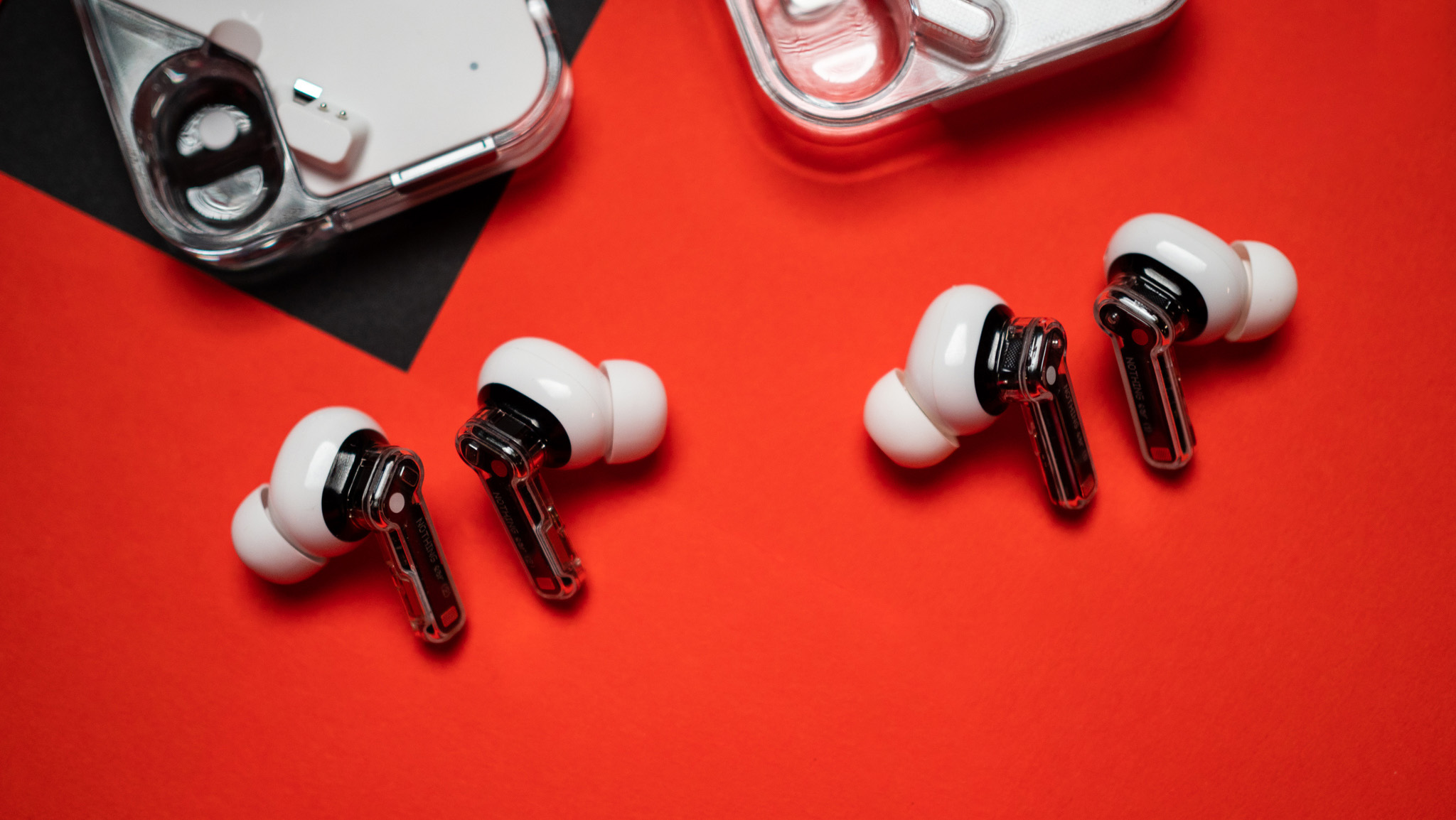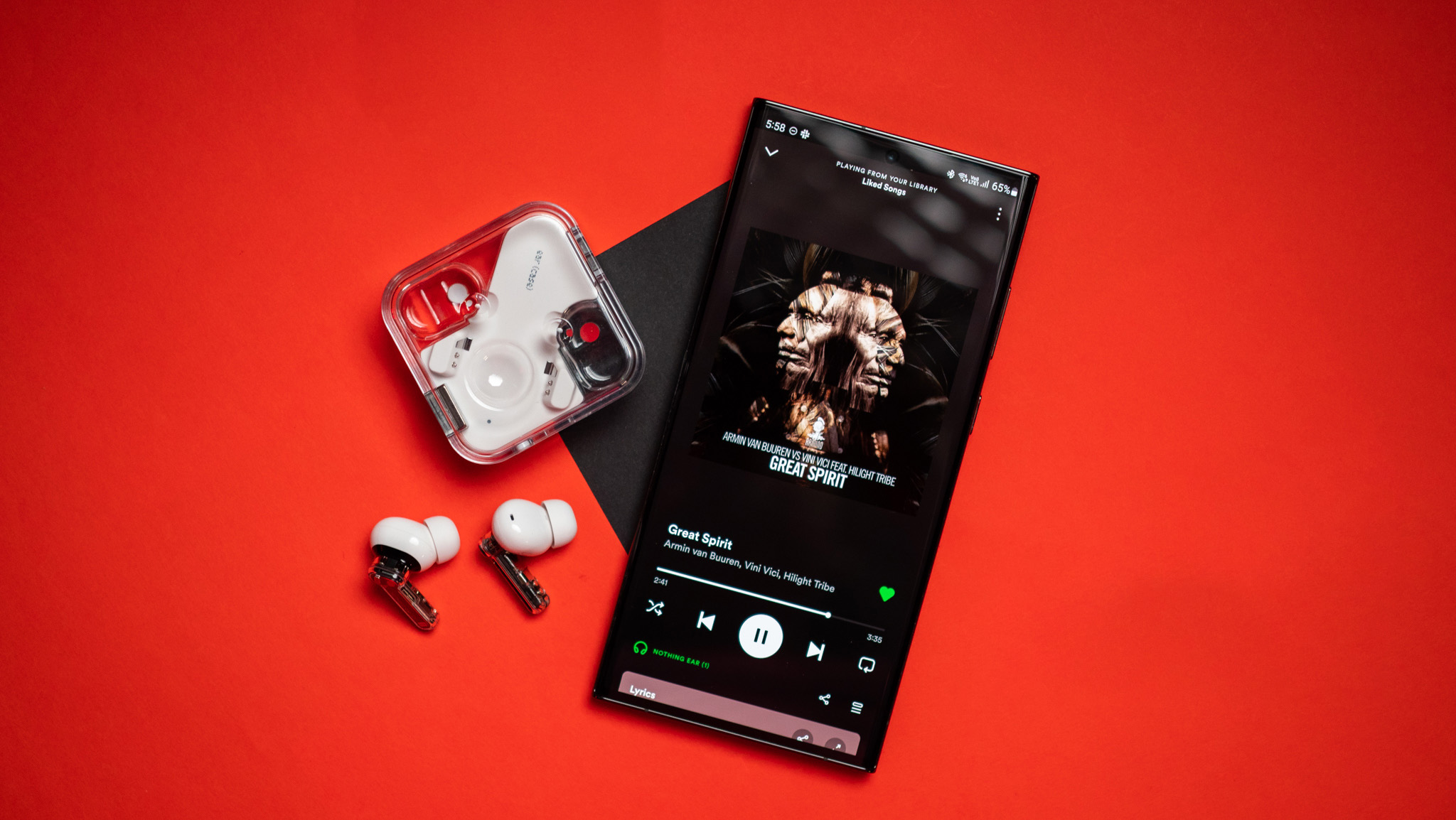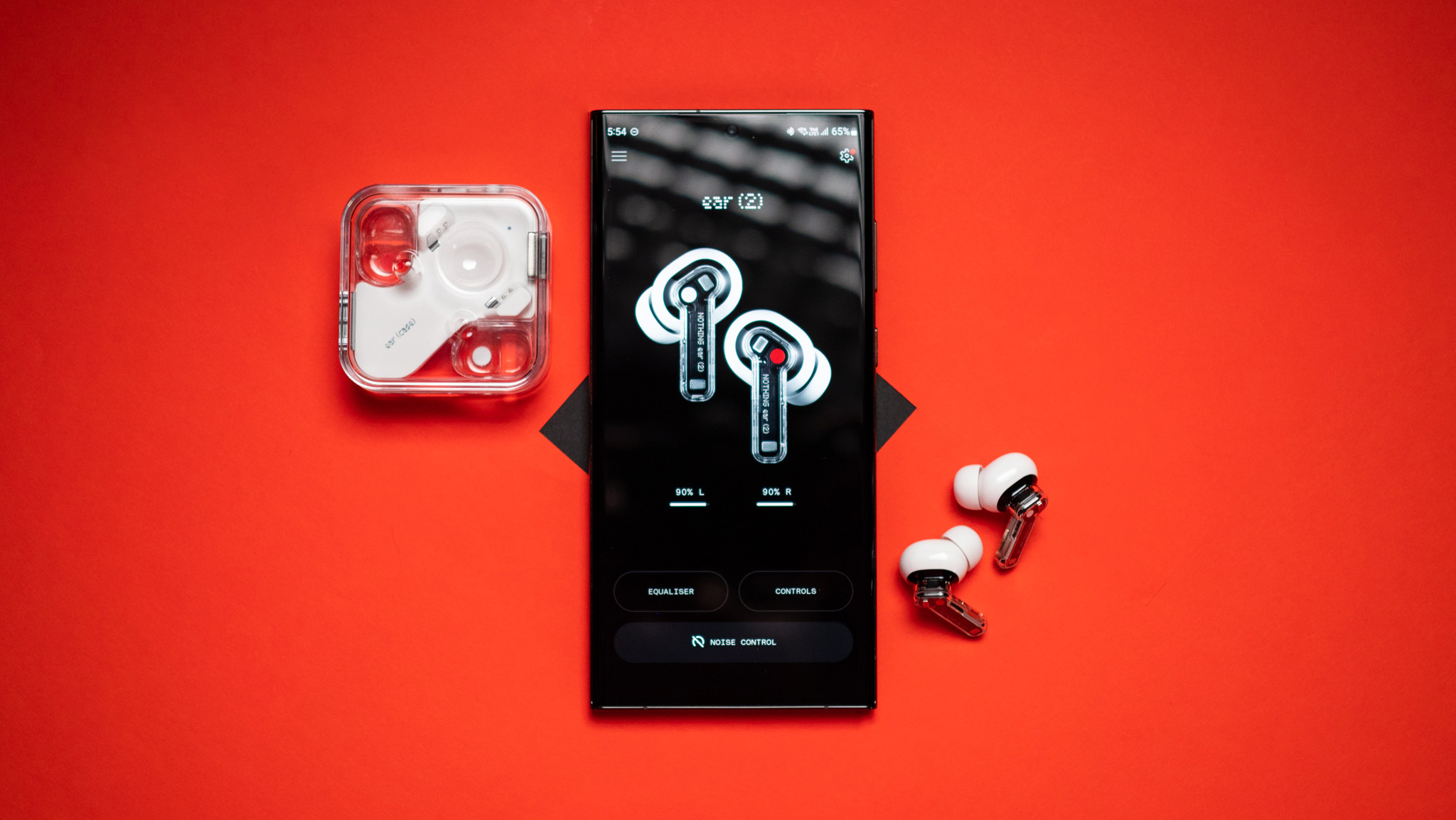Nothing Ear (2) vs. Ear (1): Should you upgrade?
Whatever you get amounts to Nothing anyway.

Still nothing
The Nothing Ear (2) are a sequel in more than just name, especially since they improve on key aspects, like sound, noise cancelation, and app support. It's also nice to see a slight upgrade in durability, along with moving the needle in the right direction on codecs with an ode to hi-res audio.
Pros
- Solid audio quality
- Comfortable fit
- Effective ANC performance
- Custom EQ settings
- Better call quality
- Such a unique design
Cons
- Poor battery life
- Finicky touch controls

Nothing but
Should Nothing turn into a bigger brand, the Ear (1) will always go down in their lore as the product that started it all. These earbuds are an intriguing mix of style and substance, such that they perform admirably well in a crowded market where it's easy for newcomers to amount to nothing.
Pros
- Great audio quality
- Comfortable fit
- Decent noise cancelation
- Wireless charging case
- Such a unique design
Cons
- Mediocre battery life
- Limited codec support
- Case scratches easily
Nothing is the kind of brand that could have everything going for it because history and Carl Pei suggest the only direction to go is up. The OnePlus co-founder placed his bets on disrupting the very saturated wireless earbuds category, and these two pairs are the current manifestation of that vision. Many similarities apply to both the Ear (2) and Ear (1), as you might expect from the original to the sequel, but the differences also stand out when put together.
Nothing Ear (2) vs. Ear (1): Nothing to see 'hear?'

It's clear enough Pei and co. weren't looking to overhaul the Ear (1), given the buzz they got after they launched, which we also noted in our review. No, the focus with the Ear (2) was to address the right needs and tweak things to show marked improvement in the right places. Compare specs between them and you notice the pattern, where much appears the same, yet key points don't.
For size, the Ear (2) are only a hair longer than their predecessors, though the charging case got a nice shave in all directions to make it even more pocket-friendly. That means weight and fit are likely going to feel the same either way when wearing these earbuds, which is a good thing considering how well the Ear (1) fit to begin with.
Only this time, Nothing made the Ear (2) more durable with an IP54 rating (IP55 for the case), giving them better dust resistance compared to the previous pair. They're otherwise the same when it comes to water resistance, which is to say they have very minimal protection and aren't built to be rugged workout buds.

The inner workings are largely the same — same drivers, same microphones, same control scheme. Even the Nothing X app is the same and supports both earbuds. But they do diverge in some key areas when taking a closer look. For one, the app allows you to customize certain features, like the onboard controls and sound via an EQ.
It also features a test to gauge what the best fit is for you with any of the three ear tip sizes included in the box. Odds are good you will find something that works for you after doing it, simply because the Ear (2) are already pretty comfortable. Despite the lack of a dedicated test for the Ear (1), they were built to fit well out of the box, too.
Nothing Ear (2) vs. Ear (1): Something for Nothing

The nuances grow when comparing these two further, and it really begins and ends with the sound. The Nothing X app limited the Ear (1) to EQ presets, whereas the Ear (2) opens up with a customizable EQ that lets you tailor the sound how you want. This is great if you want to create your own presets for different musical genres, developing a unique sound profile for whatever you listen to.
Get the latest news from Android Central, your trusted companion in the world of Android
That also goes for hi-res audio, now that the Ear (2) also support the LHDC Bluetooth codec. You will need a phone that supports it — and a music source offering hi-res, like Tidal, Apple Music, or Qobuz — but with those elements in place, you get to hear tunes at higher bit rates.
Unfortunately, you won't get aptX with either pair, which is widely supported on Android devices, so if you're looking for that, you won't get it here.

The sound also extends to active noise cancelation (ANC) performance, which gets an upgrade in the Ear (2). It's not a radical change, mind you, but it's enough to warrant some scrutiny to understand the differences. The biggest of them all is the personalization through Adaptive mode, where you can calibrate the ANC to your own ears. This wasn't an option on the Ear (1).
Adaptive also does all that by adjusting how much to cancel out based on what kind of noise is happening around you. At its best, it won't match the best noise-canceling earbuds out there, but for mid-range buds, the Ear (2) prove themselves capable. The Ear (1) are less versatile that way, applying the same effect no matter what or where you're listening. Transparency mode, on the other hand, largely feels the same for both pairs. Nothing did manage to improve phone call quality on the Ear (2), owing largely to the better ANC performance.
The onboard controls are arguably better on the Ear (1) because they use physical buttons rather than the touch-based controls on the Ear (2). But at the same time, you have more flexibility in what you want those controls to do with the latter pair.
You also have a decision to make as it pertains to battery life. Neither pair is impressive, though the Ear (2) are especially wanting with about four hours per charge when ANC is on. That's below average, regardless of price range, and also a cut below the Ear (1), which can last about an hour longer, generally. On the bright side, you get up to five extra charges in the case, plus wireless and fast charging support.
Nothing Ear (2) vs. Ear (1): Which should you buy?

Nothing did its job in making the necessary improvements from the original pair to the successor pair. The Ear (2) take good strides, and it shows that Nothing wasn't saddled with the sort of gaffes that sometimes mar first product releases this time around. It's also not surprising the two look so similar, as the company's see-through design philosophy is a standout, even compared to those among the best wireless earbuds.
You won't necessarily go wrong with the Ear (1) if you want to see what the fuss is all about without paying more for the second-gen pair, but you also have to accept them as they are. Now that the Ear (2) are out, you can expect Nothing to prioritize those with its app and firmware update cycle.

Better than Nothing
The Nothing Ear (2) take an already good idea and improve upon it in practical ways that make sense for a greater variety of ears once you stick these in your ears.

Starting from Nothing
The Nothing Ear (1) were like a shot in the dark to stand out in a tough market, and their mix of design and functionality have achieved that in impressive form.

Ted Kritsonis loves taking photos when the opportunity arises, be it on a camera or smartphone. Beyond sports and world history, you can find him tinkering with gadgets or enjoying a cigar. Often times, that will be with a pair of headphones or earbuds playing tunes. When he's not testing something, he's working on the next episode of his podcast, Tednologic.
